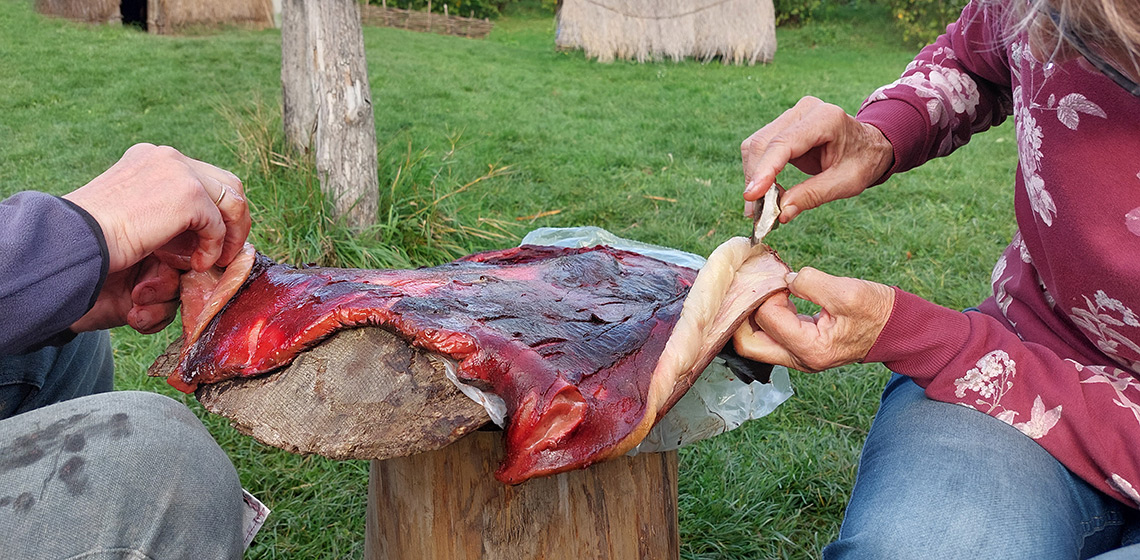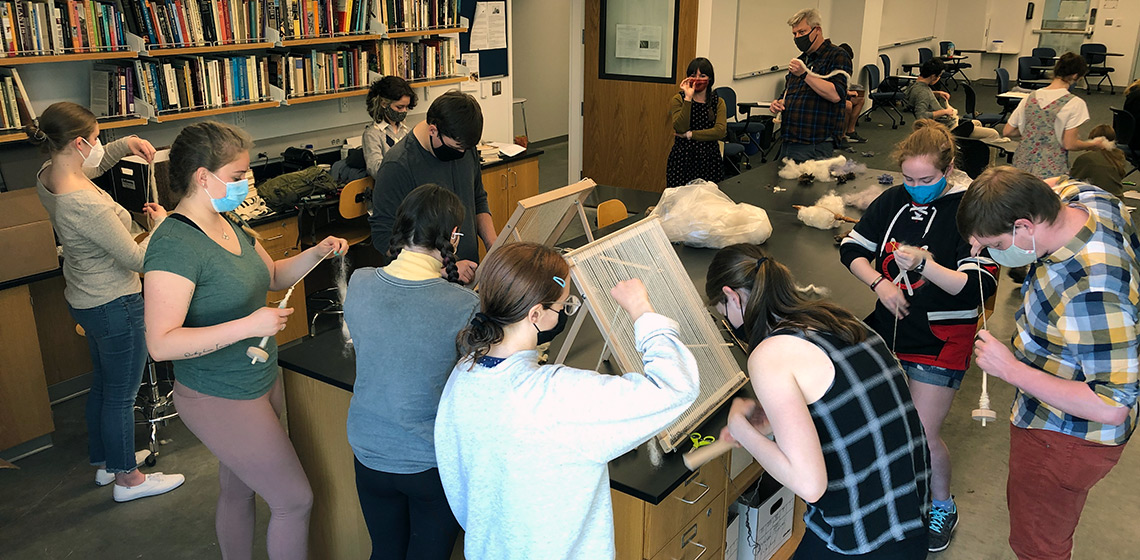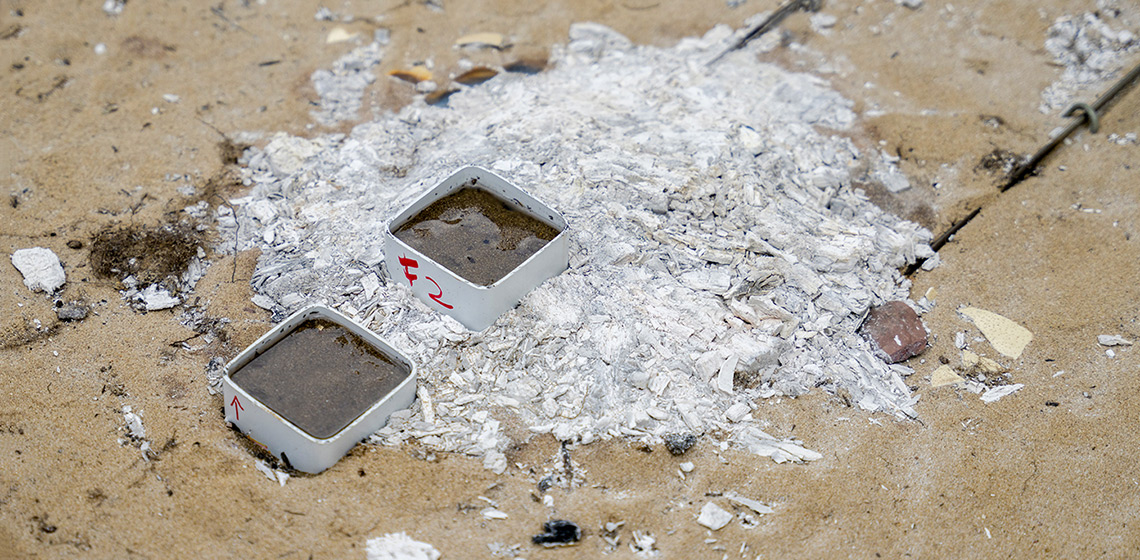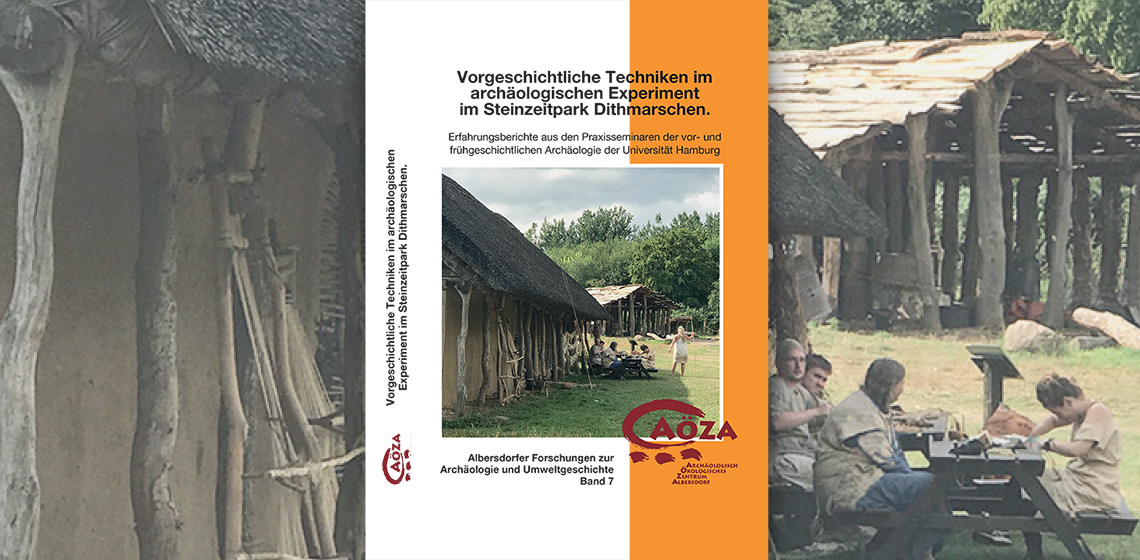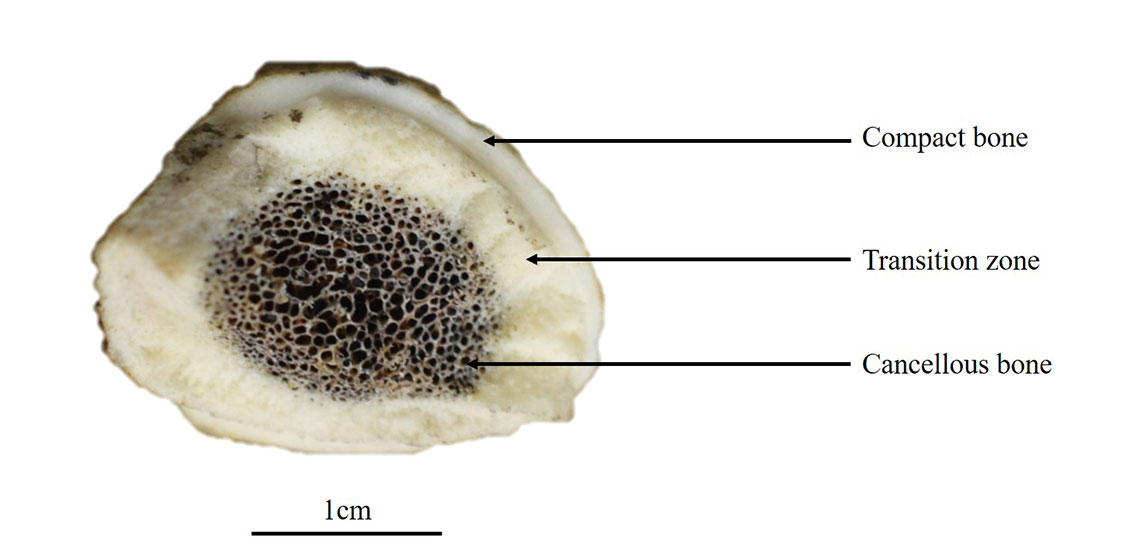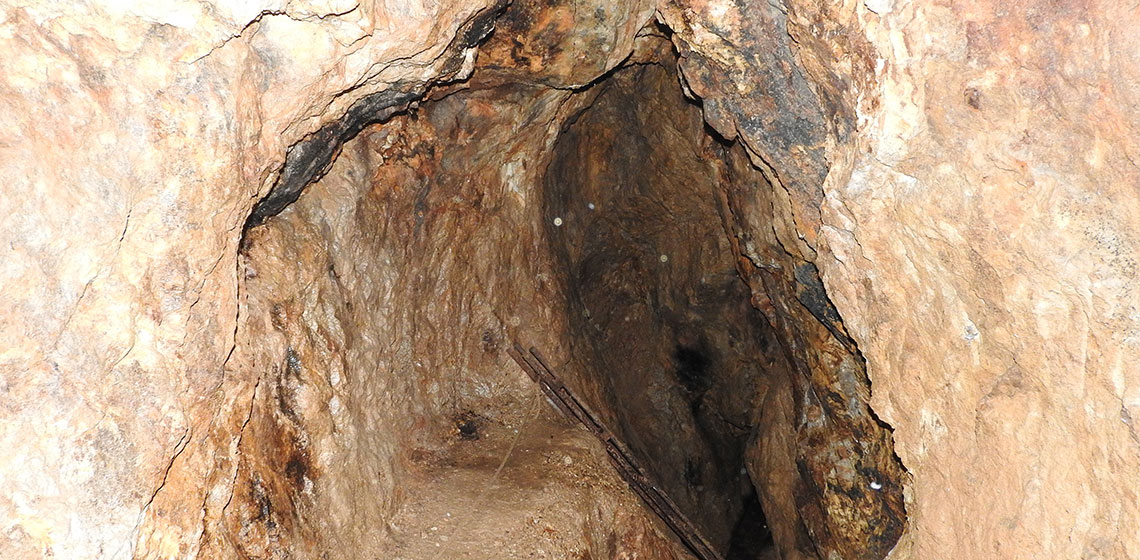experiment
Garum Sardiniae in Tabula: Rediscovering the Ancient Taste of Roman Cuisine
Launching an Experimental Archaeology Course at the Undergraduate Level
Pilot fires: Preliminary Report from Interdisciplinary Actualistic Fire Experiments
Book Review: Technology and Experimentation in Archaeology by Sara Cura et al.
Are chaîne opératoire, technology, and experimental protocols and methodology keywords to your research interests? Technology and Experimentation in Archaeology provides international perspectives and excellent case studies on those very subjects...

